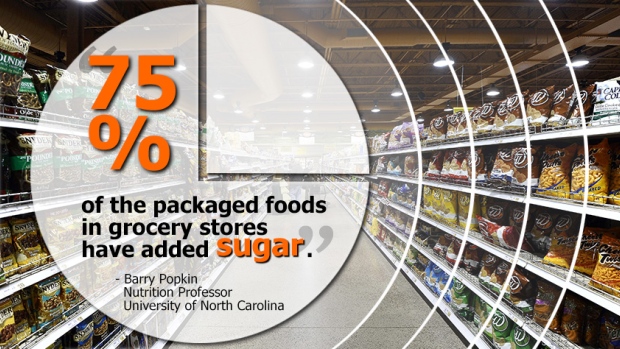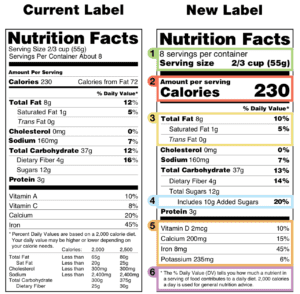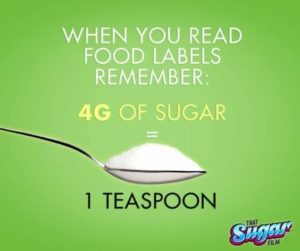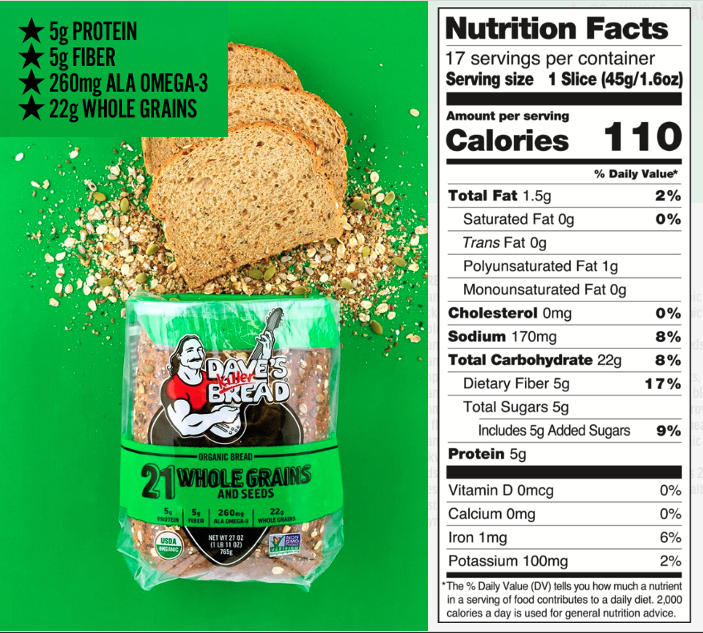How Much “Added Sugar” is Okay?
The next logical question is….”how much “added sugar” can I safely consume”? No doubt you know that the answer is, “it depends”. Each of us is unique in our nutritional needs. How our bodies handle the ups and downs of blood glucose inform our sugary limits. Some of us already have some level of blood sugar dysfunction, whether pre diabetes, Type II or maybe Type I. Maybe you are wanting to lose weight or you are dealing with chronic inflammation right now. Possibly, you want to say goodbye to those “sweet teeth” of yours and retrain your taste buds to desire more savory or bitter foods. Follow along here and let’s find out what may be right for you.
 Before we dig into what the guidelines are, let’s recognize that they only apply to “added sugars” or “free sugars”. The definition of “added” or “free” sugar is as follows; monosaccharides (such as glucose, fructose) and disaccharides (such as sucrose or table sugar) added to foods and drinks by the manufacturer, cook or consumer, as well as sugars naturally present in honey, syrups, fruit juices and fruit juice concentrates. Any sugars present in fresh fruits, or sugars naturally present in milk are not part of the guidelines. Nor are any carbohydrates that quickly convert to glucose when consumed. Keep this in mind as you review the guidelines and consider what is right for you.
Before we dig into what the guidelines are, let’s recognize that they only apply to “added sugars” or “free sugars”. The definition of “added” or “free” sugar is as follows; monosaccharides (such as glucose, fructose) and disaccharides (such as sucrose or table sugar) added to foods and drinks by the manufacturer, cook or consumer, as well as sugars naturally present in honey, syrups, fruit juices and fruit juice concentrates. Any sugars present in fresh fruits, or sugars naturally present in milk are not part of the guidelines. Nor are any carbohydrates that quickly convert to glucose when consumed. Keep this in mind as you review the guidelines and consider what is right for you.
Are There Any Guidelines on “Added Sugar”?
Back in 2015, The World Health Organization released a guideline on sugar intake for adults and children.
That same organization then called on countries around the world to reduce daily intake of free sugars to less than 10% of total energy intake. Further stating that keeping “free sugars” to less than 5% of total energy intake would provide additional health benefits. This was over 5 years ago!
Why is this so important? Because most processed foods have added sugars and not all of us realize that when looking at the label. Most products do not advertise their added sweeteners to the consumer. I also teach my clients that looking at the ingredients can be misleading because many times various forms of sugar are used so that “sugar” is not listed as one of the primary ingredients. Being a label detective is a must!

Based on the World Health Organization recommendations, the FDA did finally agree to put a % Daily Value on “Added Sugars”. This meant that the Nutrition Facts label needed to show these “Added Sugars” separately. This started showing up on new labels at the end of 2019.
2000 calories are used as an example on all Nutrition Fact labels to calculate % Daily Value.
Can you see how this can be very helpful? At a glance, you can identify just how much sugar is included as part of the food itself and how much was added. Maybe someday soon, the FDA will lower that to a 5% maximum as currently suggested by the WHO.
What Does 10% of Total Energy Intake Look Like?

It’s important to know that carbohydrates, including sugar, have 4 calories per gram. This means that the FDA recommended limit of added sugars for a “typical” 2000 calorie per day intake is 50 grams or 200 calories. If this seems like a lot to you, you are correct! This is the equivalent of 12.5 teaspoons of added sugar per day.
Remember that this is the recommendation made many years ago and in reality, the WHO suggests no more than 5%. That would make this example a maximum of 25 grams or 6 teaspoons of added sugar per day.
Again, we are only considering added sugars. This does not include all the sugar available naturally in foods like dairy and fruit, nor does it consider the sugars immediately available to your body from other carbohydrate foods like legumes, grains, and vegetables.
This might seem like a trick question, but is any added sugar necessary? The answer is a solid no! However, having this information at our fingertips on the nutrition label is very helpful in making us aware of just how much added sugar there is in the every day products that we might be picking up. 
I used to think this was a good choice for a bread. Dave’s Killer Bread is organic and advertises lots of protein, fiber, omega-3s and whole grains. Nothing about sugar content – right? Now look at the label for “added sugars” Dave is adding 5 grams of sugar to each slice of bread. That is more than 1 teaspoon of sugar per slice. Even with the very generous FDA recommendations, 2 slices of Daves bread equals 20% of the “added sugar” maximum and is the same as adding 2 1/2 teaspoons of sugar to your sandwich! This is a great example of why it is very helpful to have “added sugars” on the label. I know I am not alone out there thinking that this was a good choice!
A Few More Examples of “Added Sugar”
- BBQ sauce: 6-10 grams of sugar per one tablespoon
- Marinara sauce: Up to 22 grams of sugar per serving
- Tomato sauce: Up to 6 grams of sugar per serving
- Salad dressing: Up to 9 grams of sugar per two-tablespoon serving
- Peanut butter: 4 grams per two tablespoon serving
- Packaged cereals: Some “healthier” varieties contain 18 grams of sugar per serving
- Oatmeal: Flavored versions can contain 12 grams of sugar per serving
- Flavored yogurt: Up to 18 grams of sugar per serving—more than a serving of ice cream
- Non Dairy Milk Alternatives: Up to 10 grams per serving.
Back to the original question, “How much “added sugar” is okay”? My suggestion is limiting to the 5% or approximately 6 teaspoons of added sugar per day for a healthy individual is very reasonable. Avoiding all “added” sugars is reasonable for anyone with blood sugar dysfunction, chronic inflammation and all associated diseases. Further more, focusing on healthy proteins, fats and nutrient dense vegetables is key to reducing overall blood sugar peaks / lows and maintaining wellness. My preference is to consume as little packaged food as possible. This allows you to get the majority of your nutrients and sugar from real foods that don’t require product labels. If this prompted you wonder what is really best for you, then schedule a free discovery session.
Some Additional Resources For You To Enjoy
There are many out there, but I found these most interesting. They are currently available to stream for free. Let me now what you think of them.

Love the graph illustration composed of sugar cubes and liquid chocolate! Perfect for your content
Thanks Diane! Good to hear from you.